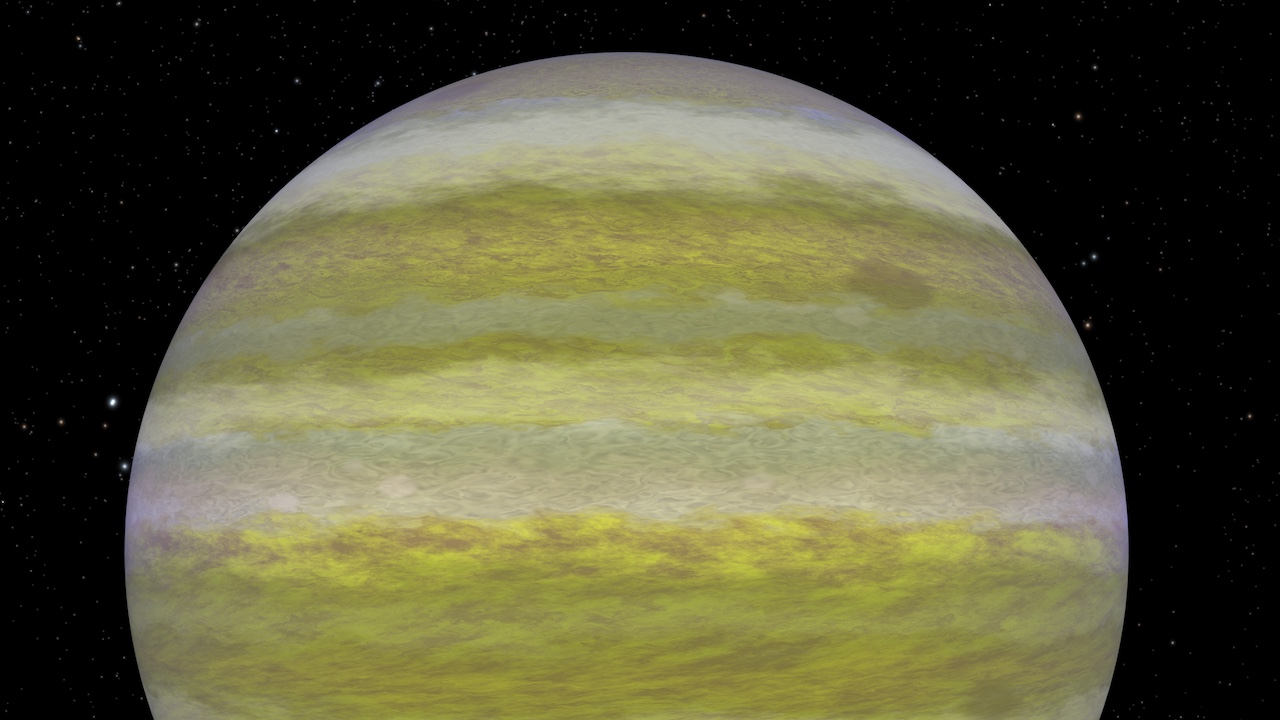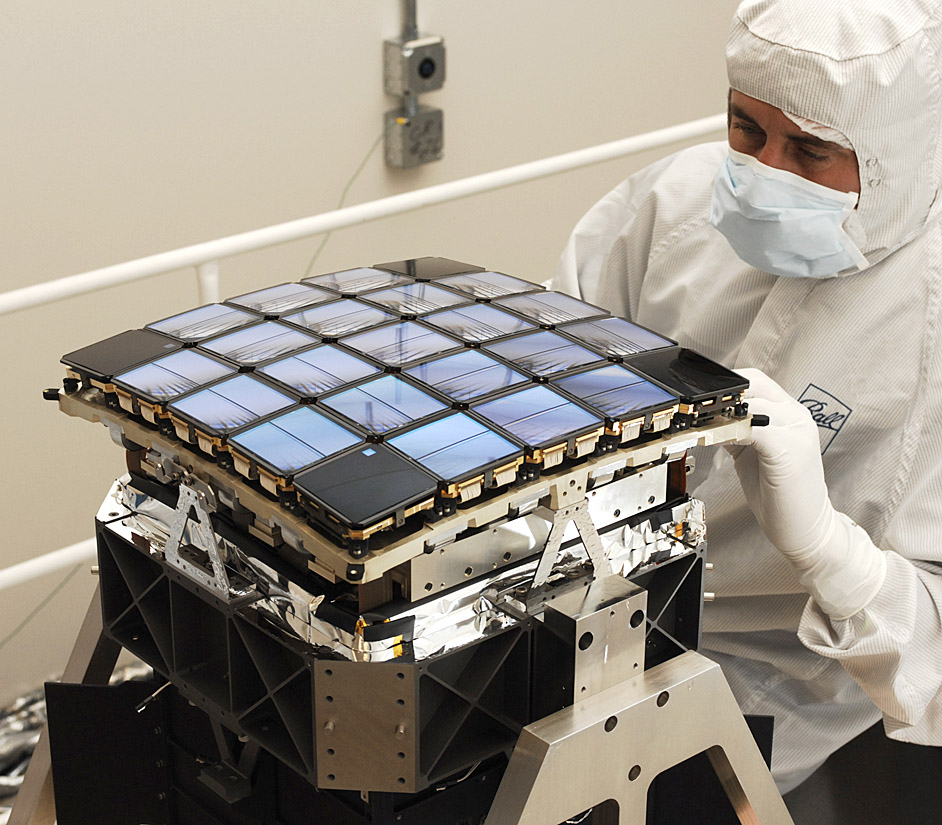4 min read
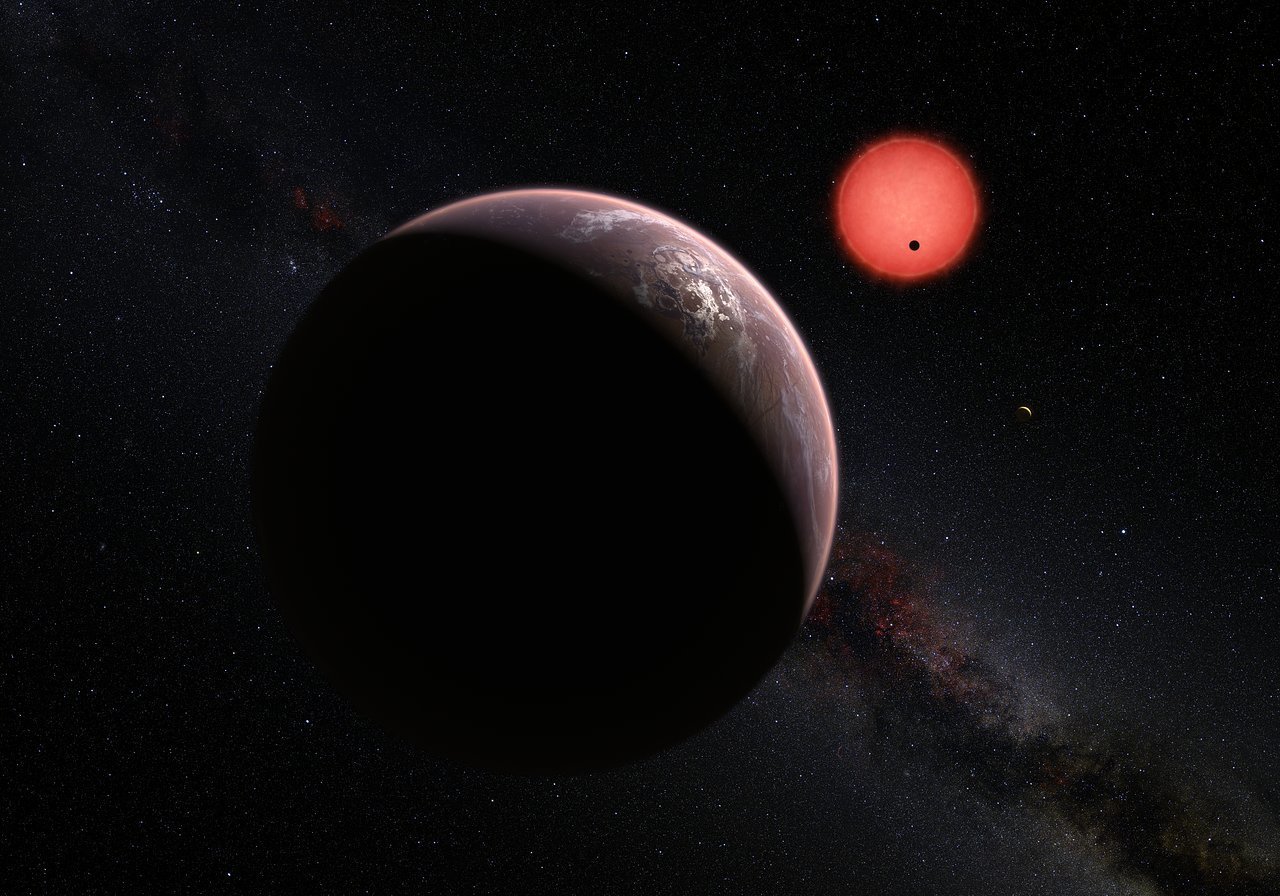
The star we today call TRAPPIST-1 was first discovered in 1999 by astronomer John Gizis and colleagues. At that time, the ultra-cool dwarf star got the unwieldy name 2MASS J23062928-0502285, because it was spotted with the Two Micron All-Sky Survey (2MASS).
Then, in May 2016, scientists announced they had found three planet candidates around this star using the Transiting Planets and Planetesimals Small Telescope (TRAPPIST) in Chile. Only two of the planets were confirmed, however. In honor of this telescope, scientists began referring to the star as TRAPPIST-1.
NASA's Hubble Space Telescope was used to find that TRAPPIST-1b and c were unlikely to have hydrogen-dominated atmospheres like those we see in gas giants. This strengthens the case that these planets could be rocky and possibly hold onto water. This result was published in July 2016.
Astronomers using NASA's Spitzer Space Telescope and ground-based telescopes discovered that the system has seven planets. Three of these planets are in the theoretical "habitable zone," the area around a star where rocky planets are most likely to hold liquid water. This landmark finding was announced on Feb. 22, 2017.
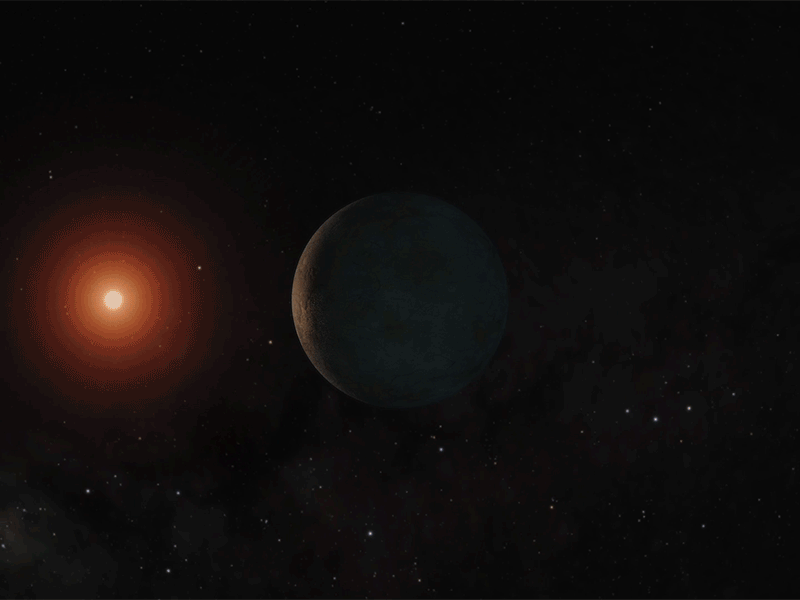
Researchers determined that the farthest planet from the star, TRAPPIST-1h, orbits its star every 19 days, using NASA's Kepler space telescope. This is still much shorter than the orbit of Mercury, which goes around the Sun every 88 days. But because TRAPPIST-1 is so faint – it outputs only .05 percent the amount of energy of the Sun – planet h receives a lot less heat than Mercury, and may be covered in ice.
The age of a star is important for understanding whether planets around it could host life. Scientists wrote in an August 2017 study that TRAPPIST-1 is between 5.4 and 9.8 billion years old. This is up to twice as old as our own solar system, which formed some 4.5 billion years ago.
Read more: TRAPPIST-1 is older than our solar system
Throughout 2017, scientists worked on creating sophisticated computer models to simulate the planets based on available information. They used additional data from Spitzer, Kepler and ground-based telescopes to come up with the best-yet estimates for the planets' densities. The results are consistent with all of the TRAPPIST-1 planets being mostly made of rock. This result was published in February 2018.
Continued observations with Hubble showed that TRAPPIST-1 d, e and f are unlikely to have puffy, hydrogen-dominated atmospheres, as of February 2018. Scientists will need more data to determine how much hydrogen TRAPPIST-1g has.
The TRAPPIST-1 planets are so close together that if you could stand on the surface of one, you might see some of the neighboring planets hovering above. This idea was inspirational for the TRAPPIST-1 travel poster.
You can download your own here: TRAPPIST-1 poster
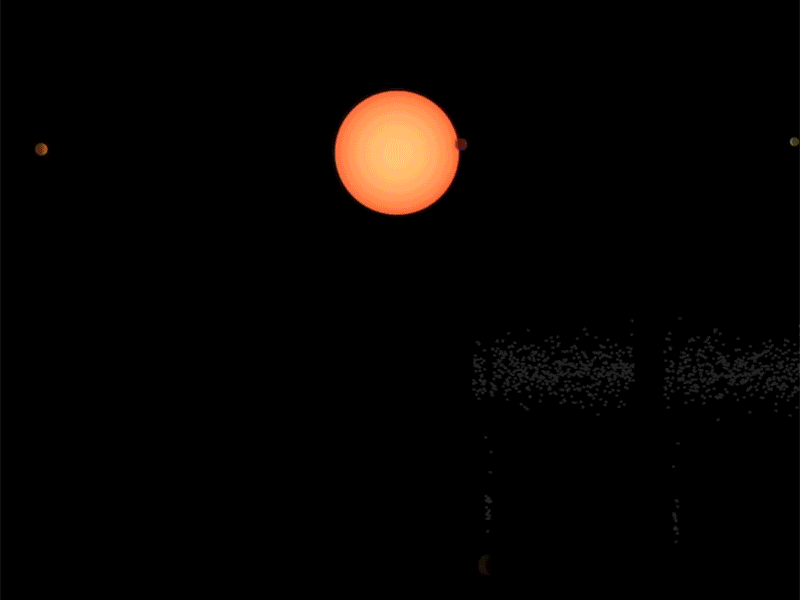
While we can't take photos of the planets themselves, visualization specialists at Caltech/IPAC in Pasadena, California, work with scientists and their data to come up with illustrations of the TRAPPIST-1 system. Read more about Robert Hurt and Tim Pyle here:
Read more: An image is worth a thousand worlds
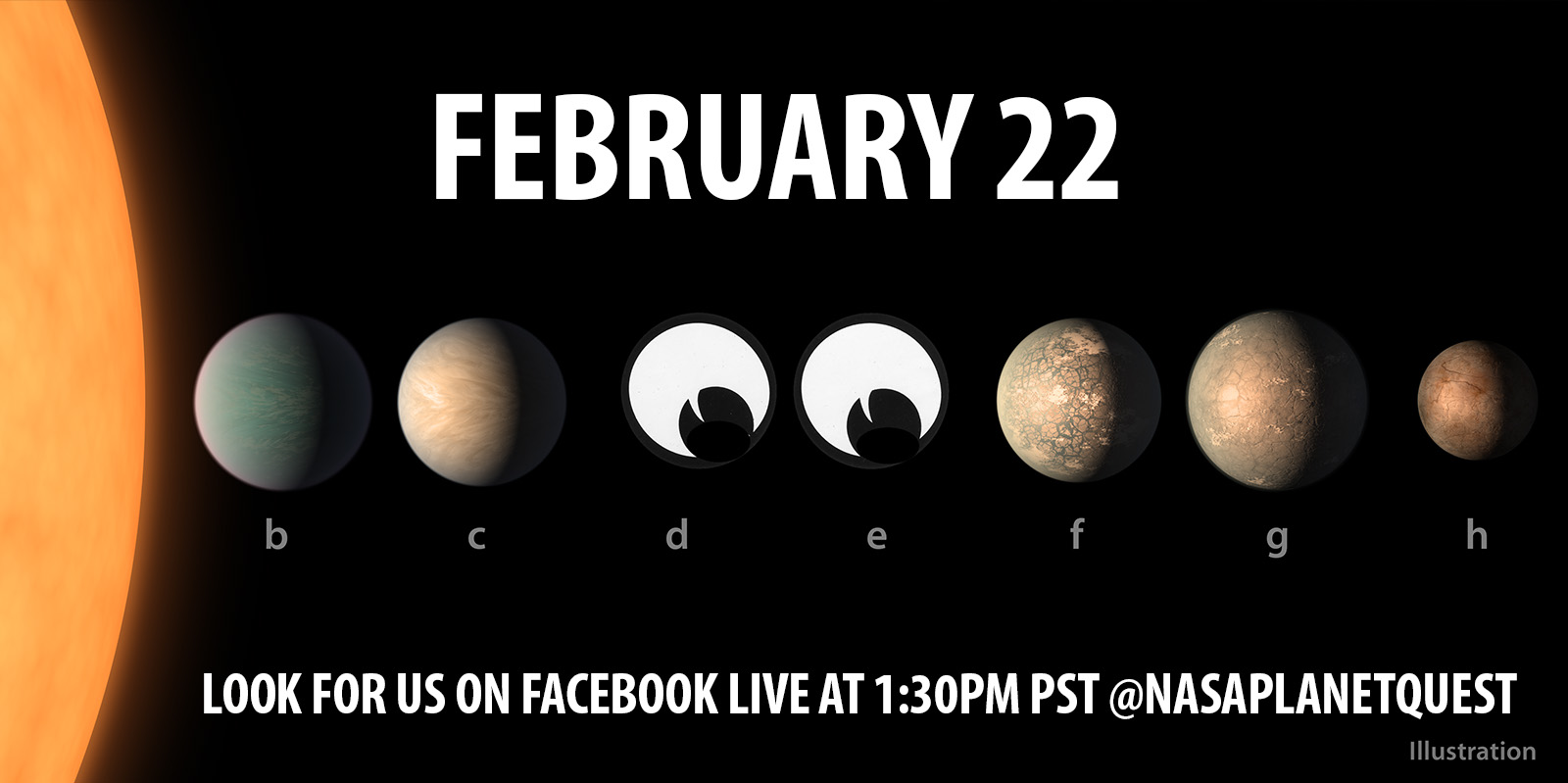
On Feb. 22 at 1:30 PT, we'll have a Facebook Live talking about illustrating the TRAPPIST-1 planets, how Spitzer works and more. Follow NASA PlanetQuest to learn more this week
Watch Live: https://www.facebook.com/NasaPlanetquest/


